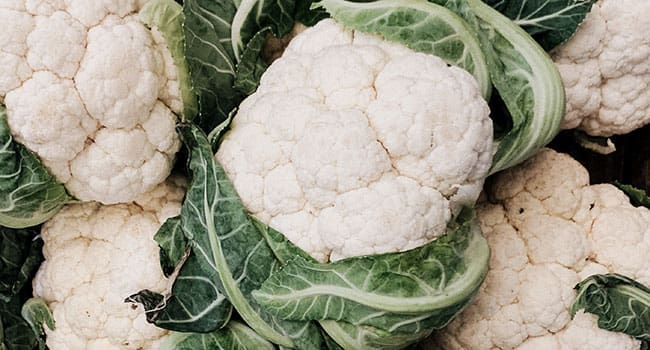 Food inflation is top of mind for Canadian consumers, with rampant claims about produce being grossly overpriced.
Food inflation is top of mind for Canadian consumers, with rampant claims about produce being grossly overpriced.
And the latest Consumer Price Index (CPI) report won’t calm Canadian shoppers any time soon, since food inflation stands at 4.1 percent.
That’s a significant contrast to the -0.4 percent in food inflation reported in the United States just a few days ago. With global food prices dropping to record lows, the Canadian economy over the past few months is an industrialized world anomaly.
Food inflation remains substantially higher than our overall inflation rate, forcing many consumers to make budgetary compromises to pay grocery bills.
The dollar is obviously a major piece of the story, but it is just one piece.
Climate change, and in particular droughts in some parts of California, has given Canadian importers grief. California’s close proximity cuts shipping costs, while offering higher levels of freshness and quality, for imported products. Canada imports billions of agricultural goods every year from the Golden State. However, farmgate price fluctuations have been unpredictable. Cauliflower prices have swung from $35 for a case of 12 to as high as $100 last November.
If products are unavailable in California or are too expensive, importers need to procure them elsewhere, even as far away as Europe. As a result, costs increase – for example, shipping costs can easily triple. Over the next few months, lettuce, strawberries, grapes, oranges, celery and, of course, cauliflower will likely be affected by broader influences. These items will all likely cost more – if they can be found at all.
In fact, Canadians should expect more shortages on the retail shelves over the next few weeks, and not because of limited supplies or diminished access. The recent cauliflower woes provide a lesson to Canadian food retailers on market-based hysteria. The food market has become increasingly fickle, financially capricious and hypersensitive to price fluctuations.
After a few weeks of shocking cauliflower prices, the story got major traction and that pushed consumers away. So cauliflower prices dropped dramatically, to $2.50 a head and, in some parts of the country, to as low as $1 a head. At such prices, most retailers are likely selling cauliflower at a loss.
The dramatic shift was essentially created by retailers’ fears of being saddled with excess inventories. Perishables must constantly move through the supply chain to reduce losses.
Importers and retailers know what the market can bear. A lower dollar and procurement challenges will most certainly push prices up in our market. Given what happened to cauliflower, most retailers will think twice before importing a product that requires a much higher price to bring a decent profit. If retail prices are considered too high, importers may turn away from a product, creating shortages on supermarket shelves. So until things calm down, we shouldn’t be surprised to see retailers being more careful with their purchasing practices.
In the meantime, slumping oil prices may offer the silver lining Canadians need to cope with higher grocery bills. Families with at least one car can save $1,000 to $1,500 a year on gas, based on current low prices. Since inflated food prices will cost the average family $345 more over the same period, lower pump prices will definitely help – particularly in an economy in which wages are barely budging.
If that’s not enough, getting more acquainted with grocery stores freezers can help consumers get the nutrients they need until spring arrives. And then we can look to Canadian farmers to bring more freshness to our kitchen tables.
Dr. Sylvain Charlebois is senior director of the agri-food analytics lab and a professor in food distribution and policy at Dalhousie University.
Sylvain is a Troy Media contributor. Why aren’t you?
The views, opinions and positions expressed by columnists and contributors are the author’s alone. They do not inherently or expressly reflect the views, opinions and/or positions of our publication.


